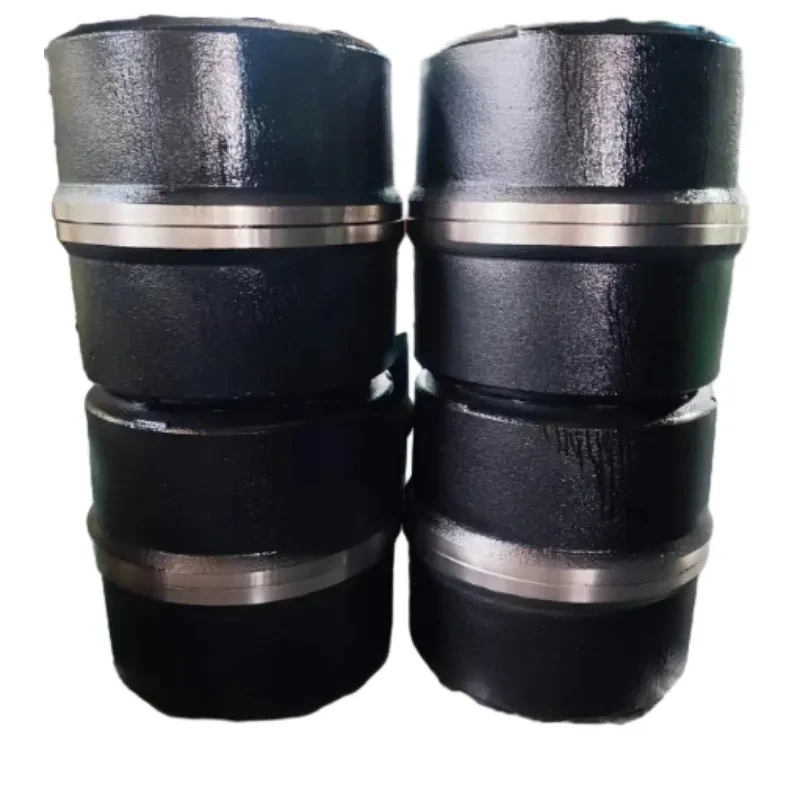
-
 Afrikaans
Afrikaans -
 Albanian
Albanian -
 Amharic
Amharic -
 Arabic
Arabic -
 Armenian
Armenian -
 Azerbaijani
Azerbaijani -
 Basque
Basque -
 Belarusian
Belarusian -
 Bengali
Bengali -
 Bosnian
Bosnian -
 Bulgarian
Bulgarian -
 Catalan
Catalan -
 Cebuano
Cebuano -
 Corsican
Corsican -
 Croatian
Croatian -
 Czech
Czech -
 Danish
Danish -
 Dutch
Dutch -
 English
English -
 Esperanto
Esperanto -
 Estonian
Estonian -
 Finnish
Finnish -
 French
French -
 Frisian
Frisian -
 Galician
Galician -
 Georgian
Georgian -
 German
German -
 Greek
Greek -
 Gujarati
Gujarati -
 Haitian Creole
Haitian Creole -
 hausa
hausa -
 hawaiian
hawaiian -
 Hebrew
Hebrew -
 Hindi
Hindi -
 Miao
Miao -
 Hungarian
Hungarian -
 Icelandic
Icelandic -
 igbo
igbo -
 Indonesian
Indonesian -
 irish
irish -
 Italian
Italian -
 Japanese
Japanese -
 Javanese
Javanese -
 Kannada
Kannada -
 kazakh
kazakh -
 Khmer
Khmer -
 Rwandese
Rwandese -
 Korean
Korean -
 Kurdish
Kurdish -
 Kyrgyz
Kyrgyz -
 Lao
Lao -
 Latin
Latin -
 Latvian
Latvian -
 Lithuanian
Lithuanian -
 Luxembourgish
Luxembourgish -
 Macedonian
Macedonian -
 Malgashi
Malgashi -
 Malay
Malay -
 Malayalam
Malayalam -
 Maltese
Maltese -
 Maori
Maori -
 Marathi
Marathi -
 Mongolian
Mongolian -
 Myanmar
Myanmar -
 Nepali
Nepali -
 Norwegian
Norwegian -
 Norwegian
Norwegian -
 Occitan
Occitan -
 Pashto
Pashto -
 Persian
Persian -
 Polish
Polish -
 Portuguese
Portuguese -
 Punjabi
Punjabi -
 Romanian
Romanian -
 Russian
Russian -
 Samoan
Samoan -
 Scottish Gaelic
Scottish Gaelic -
 Serbian
Serbian -
 Sesotho
Sesotho -
 Shona
Shona -
 Sindhi
Sindhi -
 Sinhala
Sinhala -
 Slovak
Slovak -
 Slovenian
Slovenian -
 Somali
Somali -
 Spanish
Spanish -
 Sundanese
Sundanese -
 Swahili
Swahili -
 Swedish
Swedish -
 Tagalog
Tagalog -
 Tajik
Tajik -
 Tamil
Tamil -
 Tatar
Tatar -
 Telugu
Telugu -
 Thai
Thai -
 Turkish
Turkish -
 Turkmen
Turkmen -
 Ukrainian
Ukrainian -
 Urdu
Urdu -
 Uighur
Uighur -
 Uzbek
Uzbek -
 Vietnamese
Vietnamese -
 Welsh
Welsh -
 Bantu
Bantu -
 Yiddish
Yiddish -
 Yoruba
Yoruba -
 Zulu
Zulu
Latest Developments in Drum Brake Technology and Innovations Exploring Enhanced Performance
The Evolution and Innovations in Drum Brake Technology
In the world of automotive engineering, the drum brake has played a pivotal role since its inception in the early 20th century. Despite the advent of disc brakes, drum brakes remain prevalent in many vehicles due to their durability and effectiveness, particularly in certain designs like trucks and budget-friendly cars. Recent advancements in drum brake technology have sparked renewed interest and discussions within the automotive community, leading to significant innovations that improve performance, safety, and efficiency.
Understanding Drum Brakes
Drum brakes operate through a simple yet effective mechanism. When the brake pedal is pressed, hydraulic fluid is sent through the brake lines to the wheel cylinder. This fluid pushes the brake shoes against the interior surface of the brake drum, creating friction that slows the vehicle down. This design allows for a compact system that not only fulfills the necessary braking performance but also supports the overall weight of larger vehicles.
Innovations in Design and Materials
One of the significant advancements in drum brake technology is the enhancement of materials used in the construction of brake shoes and drums. Traditionally made from cast iron, newer composite materials are now being introduced. These materials not only reduce weight but also enhance thermal conductivity, which helps in dissipating heat during braking. This means less fading and more consistent braking performance under extreme conditions.
Another area of improvement has been in the design of the drum itself. Engineering innovations have led to the development of vented drum brakes, which allow for better cooling compared to their solid counterparts. The vented design improves airflow and reduces the risk of overheating, thereby maintaining braking efficiency during prolonged use, such as in mountainous terrains or during heavy towing.
Enhanced Safety Features
drum brake news

The automotive industry is increasingly focusing on safety features, and drum brakes are no exception. Modern drum brake systems are now often integrated with anti-lock braking systems (ABS). This integration prevents wheel lockup during hard braking situations, allowing for better control and stability. Additionally, the design of the drum brake system has been refined to include self-adjusting mechanisms, ensuring that the brakes maintain optimal contact with the drum over time, regardless of wear.
Environmental Considerations
With a growing emphasis on sustainability, the drum brake industry is adapting to meet environmental regulations. Recyclable materials are being utilized more frequently in the production of drum brakes, and the development of low-metallic and organic friction materials significantly reduces the environmental impact of brake dust. This innovation not only benefits the planet but also appeals to environmentally conscious consumers.
Future Trends
Looking ahead, the future of drum brake technology seems promising. As electric vehicles (EVs) gain traction, engineers are exploring the potential integration of drum brakes into these newer platforms. Although many EVs currently employ regenerative braking systems, there is a need for conventional braking solutions to support emergency scenarios. Drum brakes, with their inherent advantages in durability and maintenance, could play a crucial role in the braking systems of hybrid and fully electric vehicles in the near future.
Conclusion
The evolution of drum brakes is a testament to the enduring nature of this technology in a rapidly changing automotive landscape. Innovations in materials, safety features, and environmental considerations have revitalized interest in drum brakes, ensuring they remain a viable choice for many applications. As the industry continues to innovate, we can expect drum brakes to not only retain relevance but also to adapt to future needs, offering reliability and performance for years to come. The future of drum brakes is not just about maintaining their legacy but also about embracing new challenges and opportunities in the ever-evolving world of vehicles.
-
What Are Drum BrakesNewsJul.07,2025
-
Understanding Brake Drum MaterialNewsJul.07,2025
-
Semi-Trailer Brake Drum: A Key Component for Extreme Loads and Long-Distance TransportNewsJul.07,2025
-
Drum Brake Pads for SaleNewsJul.07,2025
-
Brake Drums for SaleNewsJul.07,2025
-
Brake Drum ManufacturerNewsJul.07,2025
-
Aluminum Brake Drums: The Future of High-Performance CarsNewsJul.07,2025
